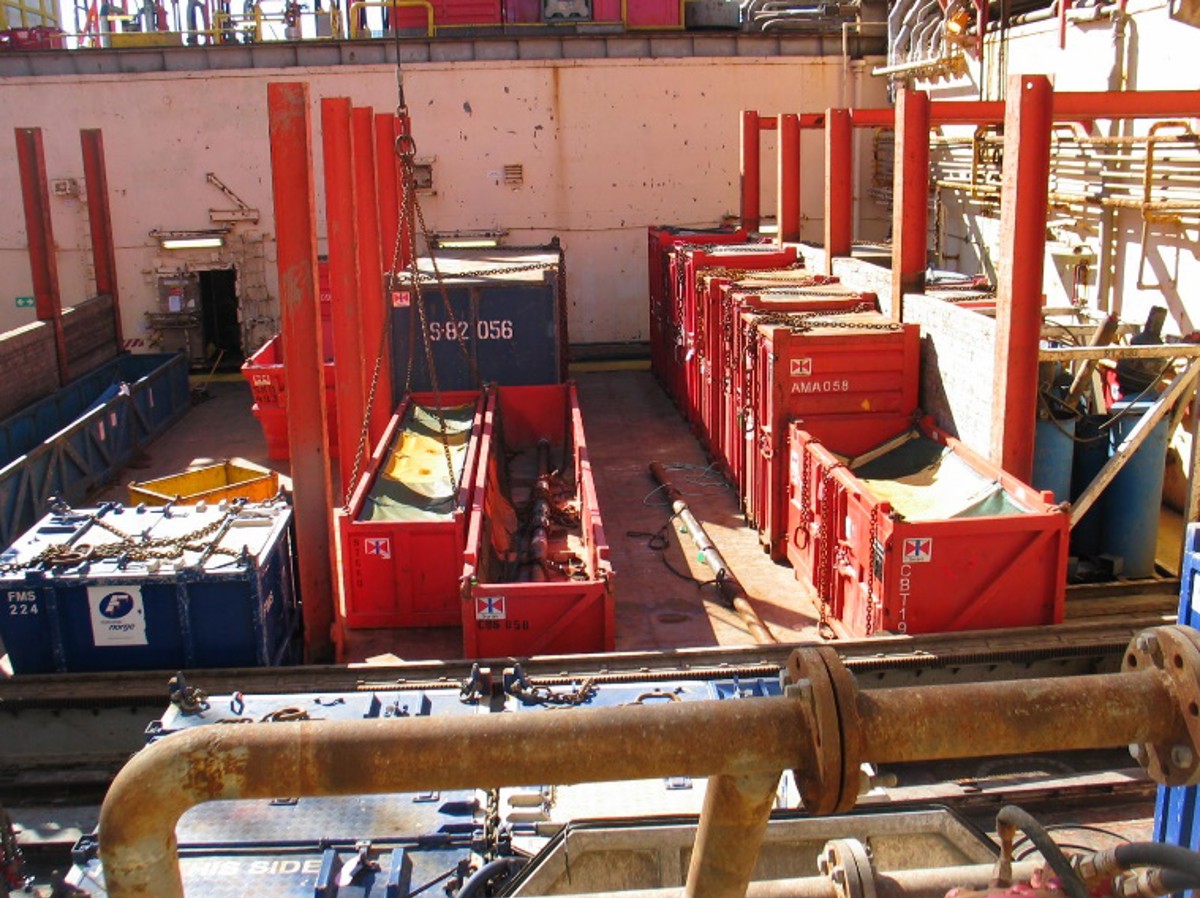Near-miss during lifting operations
- Safety Flash
- Published on 30 November 2005
- Generated on 2 December 2025
- IMCA SF 11/05
- 1 minute read
Jump to:
IMCA has received reports of a near-miss wherein a worker was nearly caught between a load and a fixed structure.

What were the causes?
The immediate cause of the near-miss was crane creep, which was compensated for automatically with an upward movement of the load, almost trapping the worker on the deck.
Underlying causes noted were:
- insufficient management engagement
- responsibility for operation and maintenance of crane not being properly understood
- inadequate knowledge of crane operational ‘routine’s and condition
- maintenance ‘routine’s not being specific enough.
Actions
The recommended actions included:
- ensuring that responsibility and reporting ‘routine’s in connection with crane operation and maintenance are clearly understood by all involved
- ensuring appropriate competence and training for all personnel with crane functions
- checking and updating of maintenance ‘routine’s, with daily follow-up for all cranes
- replacement of the existing ‘creep compensator'
- review of the company’s crane manuals and training material to ensure that they are appropriate and up-to-date.
IMCA Safety Flashes summarise key safety matters and incidents, allowing lessons to be more easily learnt for the benefit of the entire offshore industry.
The effectiveness of the IMCA Safety Flash system depends on the industry sharing information and so avoiding repeat incidents. Incidents are classified according to IOGP's Life Saving Rules.
All information is anonymised or sanitised, as appropriate, and warnings for graphic content included where possible.
IMCA makes every effort to ensure both the accuracy and reliability of the information shared, but is not be liable for any guidance and/or recommendation and/or statement herein contained.
The information contained in this document does not fulfil or replace any individual's or Member's legal, regulatory or other duties or obligations in respect of their operations. Individuals and Members remain solely responsible for the safe, lawful and proper conduct of their operations.
Share your safety incidents with IMCA online. Sign-up to receive Safety Flashes straight to your email.